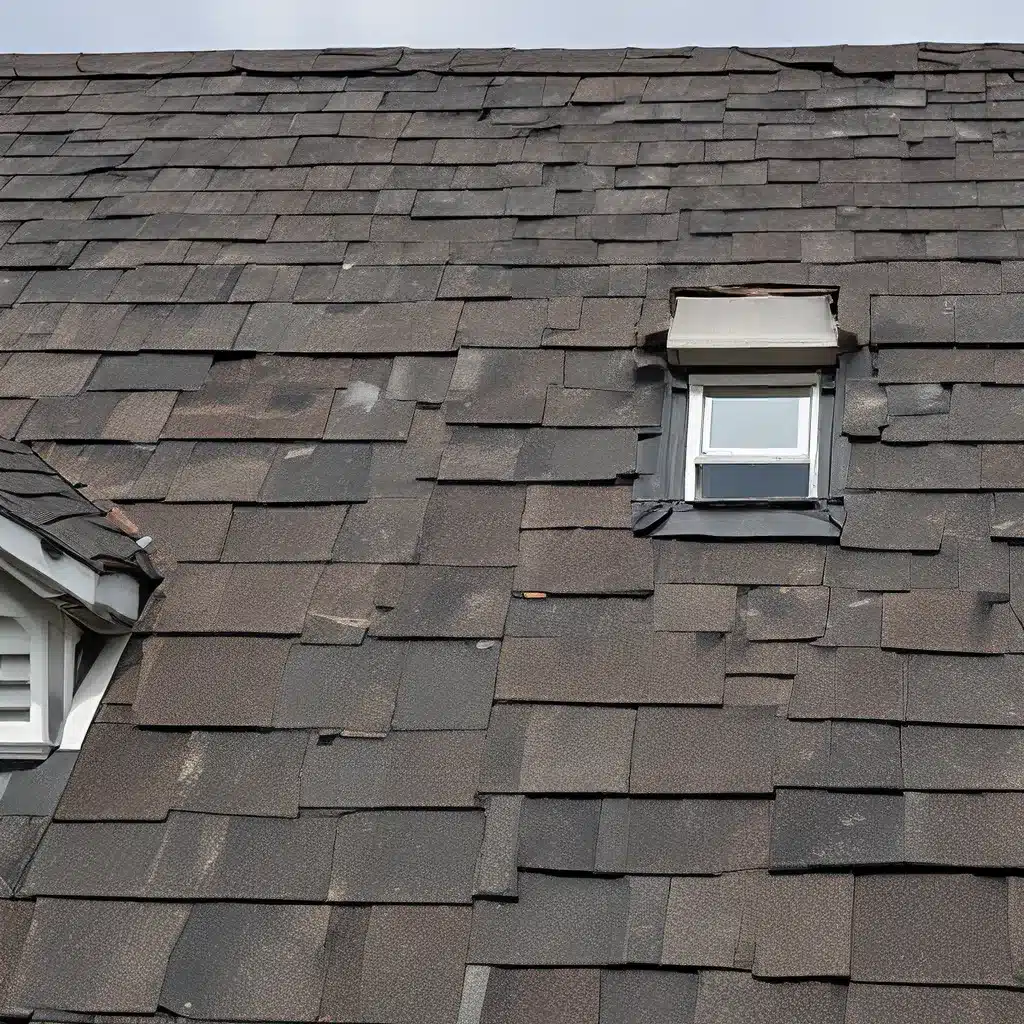
As a homeowner, the last thing you want to worry about is dealing with the aftermath of a devastating storm. But when Mother Nature unleashes her fury, it’s not just the physical damage to your roof that can be a headache – navigating the complexities of your insurance coverage can be a real challenge too.
I’ve been there, my friend. A few years back, we had a nasty hurricane blow through our neighborhood, and let me tell you, it was a real battle trying to get our insurance company to pay up. They kept trying to pin the damage on “flood” rather than “wind,” and it felt like we were fighting an uphill battle the entire time.
But you know what they say – when life gives you lemons, you make lemonade. Or in our case, when a hurricane tries to ruin your day, you learn how to navigate the insurance claims process like a pro. And that’s exactly what I’m going to teach you today.
Unraveling the Wind vs. Water Debate
One of the key challenges when dealing with hurricane damage is figuring out whether the destruction was caused by wind or water. Insurance companies will often try to classify the damage as flood-related, which is typically covered by a separate policy, rather than wind-related, which is usually included in your standard homeowners insurance.
So, how do you know the difference? Well, it all comes down to the evidence. According to the experts at Cernitz Law, wind damage can include things like trees or branches falling on your property, roof damage from wind lifting and peeling shingles, and even structural damage to walls or ceilings.
On the other hand, water damage can manifest as flooding from heavy rains or storm surge, seepage through walls and foundations, and other signs of inundation. The key is to thoroughly document the damage, taking plenty of photos and videos before the cleanup begins. This will provide the proof you need to fight any attempts by the insurance company to classify the damage as flood-related.
Maximizing Your Claim Payout
Now, let’s talk about the nitty-gritty of actually filing your insurance claim. The first step is to contact your insurance agent as soon as possible to get the process started. Be sure to save all your receipts for any temporary repairs or additional living expenses, as these are often covered under your policy.
But here’s the thing – insurance companies aren’t always eager to pay out the full amount you’re owed. They might try to lowball your claim, dispute the extent of the damage, or even allege that it was pre-existing. That’s where having an experienced property damage attorney can really come in handy.
According to the team at Williams, PA, these legal experts know how to fight for your rights and maximize your claim payout. They’ll independently investigate the damage, extensively document the origins and costs, and negotiate firmly with the insurance company. And if all else fails, they’re not afraid to take legal action to ensure you get the compensation you deserve.
Navigating the Fine Print
Of course, before you can even start the claims process, you need to understand your insurance policy. And let me tell you, that can be a real minefield. There are all sorts of exclusions, deductibles, and policy limits to consider, and it can be easy to get lost in the legalese.
But don’t worry, I’ve got your back. Homeowners insurance typically covers hurricane wind damage, including things like roof and siding damage, fallen trees, and more. Flood insurance, on the other hand, is a separate policy that covers water-related damage from heavy rains or storm surge.
And let’s not forget about additional living expenses and lost business income. Most policies will reimburse you for things like temporary housing, food, and other costs if your property is uninhabitable after a hurricane. For commercial policies, there’s also business interruption coverage to help make up for lost income.
Weathering the Storm, Together
At the end of the day, dealing with the aftermath of a hurricane can be a real headache. But with the right knowledge and the support of a skilled property damage attorney, you can navigate the complexities of your insurance coverage and maximize your claim payout.
I know it’s not easy, but trust me, it’s worth the effort. After all, your home is your castle, and you deserve to have it restored to its former glory, stronger than ever. So, don’t let the insurance company bully you – stand your ground, document everything, and fight for what’s rightfully yours.
And if you need a little extra help, don’t hesitate to reach out to the experts at Southern Roofing Company. They’ve got your back, and they’ll work with you every step of the way to make sure your roof is in tip-top shape, no matter what Mother Nature throws at it.